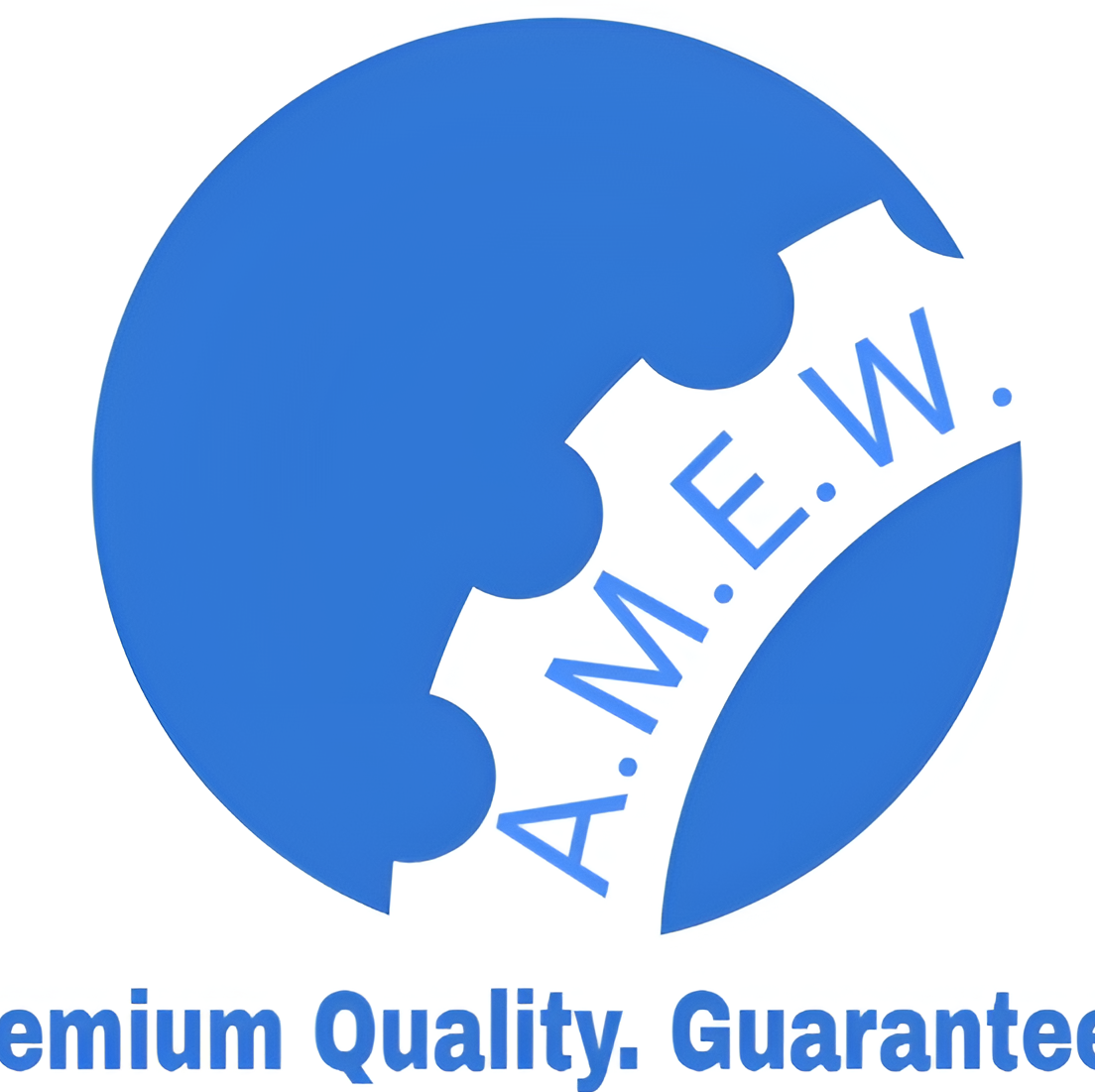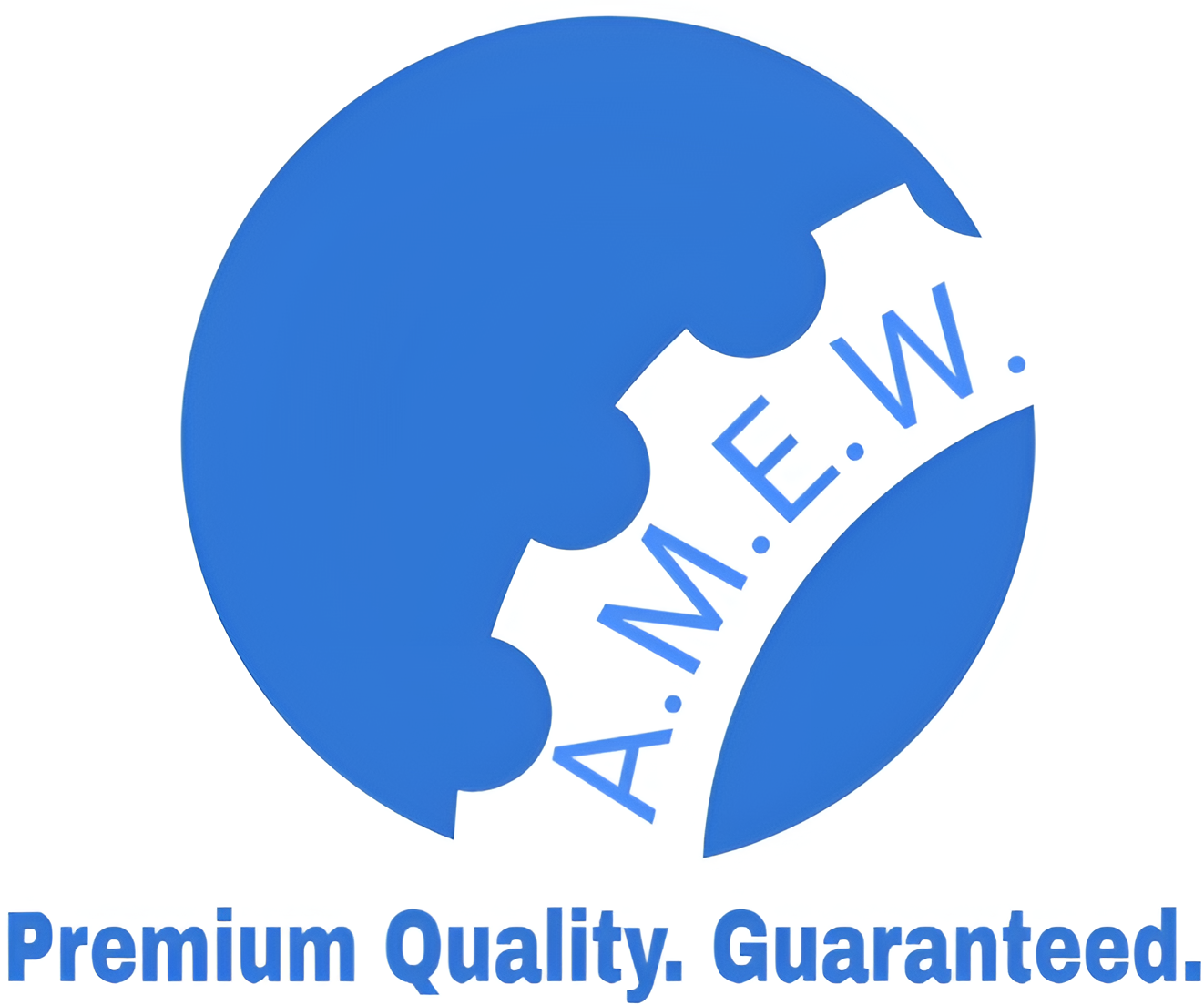ASTM A106 Grade B Pipe A Complete Guide for Industry Applications
Introduction to ASTM A106 Grade B Pipe
Industrial processes often require materials that can endure extreme conditions like high temperatures, pressure, and corrosive substances. Among the materials trusted across a variety of industries is the ASTM A106 Grade B pipe. Known as a specification for seamless carbon steel pipes, ASTM A106 Grade B is particularly suited for high-temperature applications, making it a go-to for engineers and manufacturers.
This blog aims to break down what ASTM A106 Grade B pipes are, their unique properties, applications, and the advantages they offer across industries.
Chemical Composition and Mechanical Properties
The unparalleled performance of ASTM A106 Grade B pipes lies in their precise chemical composition and mechanical properties, designed to withstand demanding operational environments.
Chemical Composition
The standard composition delivers a balance of carbon, manganese, and other trace elements, ensuring strength and durability. Below are the key components of ASTM A106 Grade B pipe materials:
- Carbon (C): 0.30% maximum
- Manganese (Mn): 0.29-1.06%
- Phosphorus (P): 0.035% maximum
- Sulfur (S): 0.035% maximum
- Silicon (Si): 0.10% minimum
This composition ensures that the pipes perform well under high-pressure and high-temperature environments, while maintaining corrosion resistance.
Mechanical Properties
- Tensile strength: Minimum of 60,000 psi (415 MPa)
- Yield strength: Minimum of 35,000 psi (240 MPa)
- Elongation: Varies based on wall thickness, ensuring flexibility under stress.
These properties make ASTM A106 Grade B pipes resilient in applications where strength, ductility, and temperature resistance are essential.
Applications of ASTM A106 Grade B Pipes
The versatility of ASTM A106 Grade B pipes makes them indispensable across a range of industries. Below are the primary applications where these pipes truly shine.
Power Plants
Power plants often deal with extreme temperatures and high-pressure systems. ASTM A106 Grade B pipes are used in steam pipelines, cooling systems, and thermoelectric conduits to handle these rigorous conditions without failure.
Oil and Gas Refineries
Transportation of crude oil, natural gas, and petroleum byproducts demands robust materials to prevent leaks and resist corrosive properties. ASTM A106 Grade B pipes ensure the seamless flow of these substances across refineries.
Boilers and Heat Exchangers
Heat exchangers and boilers operate with temperature fluctuations, and ASTM A106 Grade B pipes maintain structural integrity throughout. Their temperature resistance makes them ideal in thermal applications.
Chemical and Petrochemical Industries
Handling volatile chemicals requires materials that minimize risk. These pipes meet the safety and performance standards critical for toxic chemical transport in industrial plants.
Infrastructure and Construction
Beyond industrial facilities, ASTM A106 Grade B pipes find their way into constructing bridges, buildings, and heavy-duty structures due to their high tensile strength and reliability.
Advantages of Using ASTM A106 Grade B Pipes
Every engineer values consistency and performance, and ASTM A106 Grade B pipes deliver both while standing out for the following benefits:
High Tensile Strength
Their superior tensile strength ensures resilience under mechanical stress, making them reliable for heavy industrial applications.
Resistance to High Temperatures and Pressure
These pipes are specifically designed to endure excessive heat and pressure, making them perfect for boilers, heaters, and power plants.
Versatility
Whether transporting chemicals, oil, or steam, ASTM A106 pipes are adaptable for versatile uses without compromising efficiency.
Corrosion Resistance
The careful addition of silicon and controlled levels of sulfur and phosphorus make the pipes highly resistant to corrosion, increasing their lifespan.
Cost Efficiency
Given their durability and minimal maintenance needs, ASTM A106 Grade B pipes prove to be a cost-effective choice for long-term industrial operations.
Standards and Specifications
Ensuring quality and compliance in the production and application of ASTM A106 Grade B pipes requires adherence to specific industry standards.
Inspection and Testing
Manufacturers conduct rigorous nondestructive and destructive testing to meet ASTM standards. This includes hydrostatic tests, ultrasonic testing, and dimensional inspections to weed out defects.
Dimensional Standards
Pipes are typically available in sizes ranging from NPS 1/8” to NPS 48”, with thickness categorized under Schedule 10 to Schedule 160. These dimensional standards ensure compatibility with diverse industrial systems.
Certification and Compliance
Always look for material test reports (MTRs) or certificates that verify the chemical composition, mechanical properties, and compliance with ASTM standards. These certifications give buyers peace of mind about the product quality.
Why ASTM A106 Grade B Pipes Are Essential
From their robust chemical composition to unmatched applications, ASTM A106 Grade B pipes have become a backbone for industries that demand reliability and strength. Their ability to endure extreme environments has made them synonymous with quality and performance for engineers and industrialists globally.
Think ASTM A106 Grade B pipes could streamline your next project? Ensure you check for certified suppliers who comply with ASTM standards for best results.

